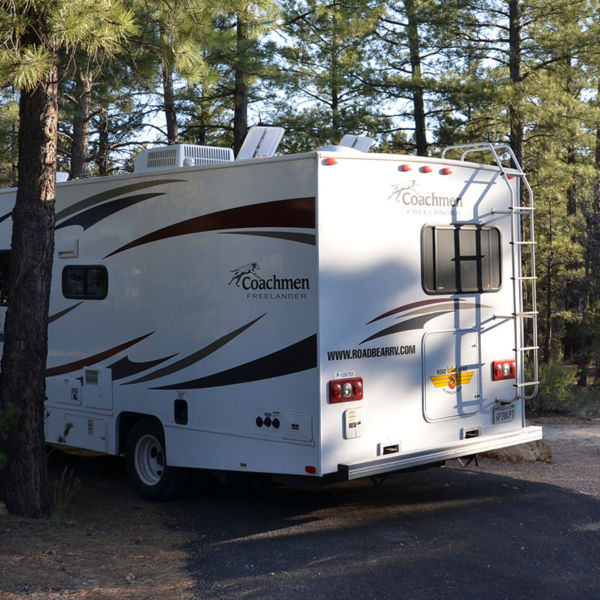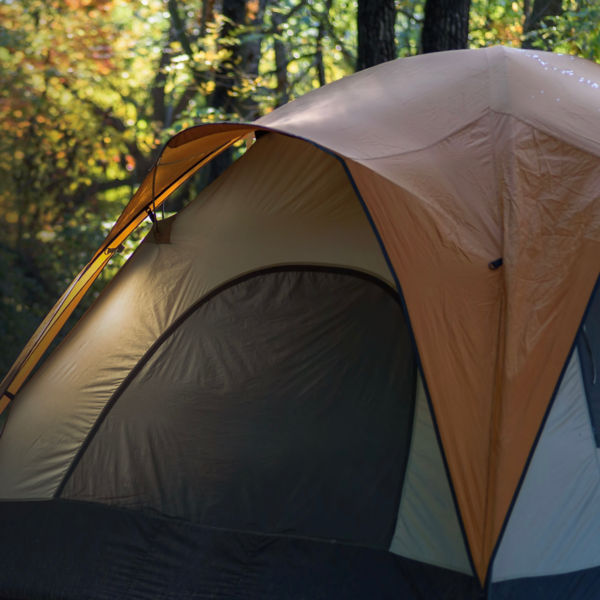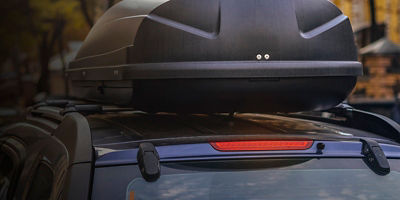
For most camping and backpacking outings, your tent is the cornerstone of your whole experience. It provides protection from bugs and bad weather, locks in warmth on cooler trips, and gives you a space to laugh with friends as the fireflies come out. Your tent is your home away from home. And for most people, a good tent also represents a significant investment.
With so much riding on a single piece of gear, it’s important to treat it right. This guide will cover the four basic areas of tent care:
- Proper setup
- Tent care in the field
- Storage tips
- Tent repair basics
Proper Setup
Most rips and tears come from improper setup. Here’s how to set yours up for success.
Pick the right spot
The bottom of your tent takes a lot of abuse from you, your gear, and the ground. To avoid undue wear, choose your tent location carefully. Look for flat, established tent sites on smooth ground. Comb the area thoroughly to remove any sticks, rocks, pinecones, or other sharp objects that could poke through the bottom. (Bonus: Your site will be way more comfortable with a little grooming, too.)
Use a ground tarp
No matter how thoroughly you inspect your tent site, your tent floor will still encounter abrasion from the debris below, which can wear through the material over time. For additional protection, consider using a ground cloth or footprint beneath your tent. Ground covers reduce abrasion and are easier—and cheaper—to replace should they develop a hole or tear.
Pro tip: Cut it or fold the edges of your ground tarp so that it doesn’t extend past the edges of your tent; otherwise it could funnel rainwater beneath you while you sleep.
Exercise patience
When night falls and the weather’s coming in, you might be in a hurry to pitch your tent, but be careful not to rush things. Forcing poles through the pole sleeves or being careless with where you let the ends rest can lead to tears and holes that, at best, will let bugs and water in, and, at worst, may make your tent unusable.
Avoid direct sunlight
Over time, UV rays can break down the lightweight materials common in tents these days. One day in the sun won’t have too much of an impact on your tent, but keep in mind the cumulative effects. If you have an option, choose a tent site out of direct sunlight.
Another option: Cover your tent with a rain fly, even on nice days, as flies are often made of more durable materials that are better at resisting UV rays. Plus, if your fly does take on UV damage, it’ll probably be cheaper to replace than your tent body.






































































































































































